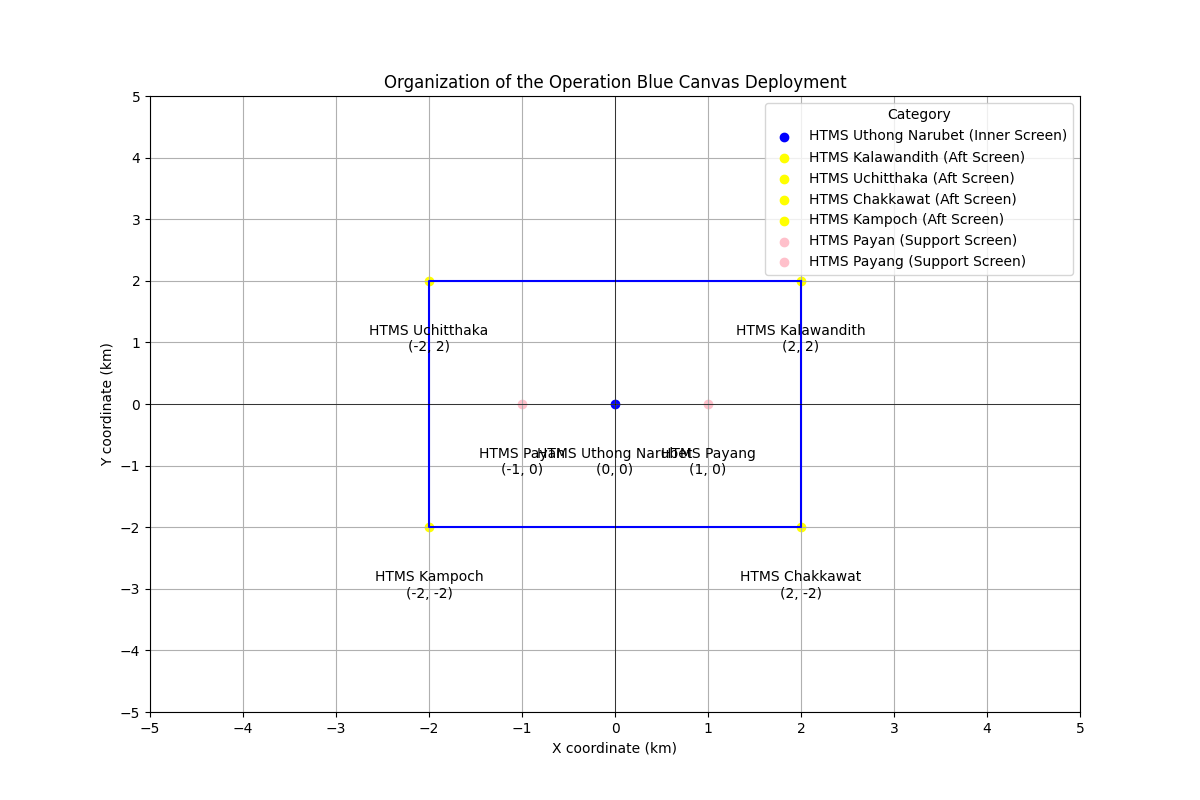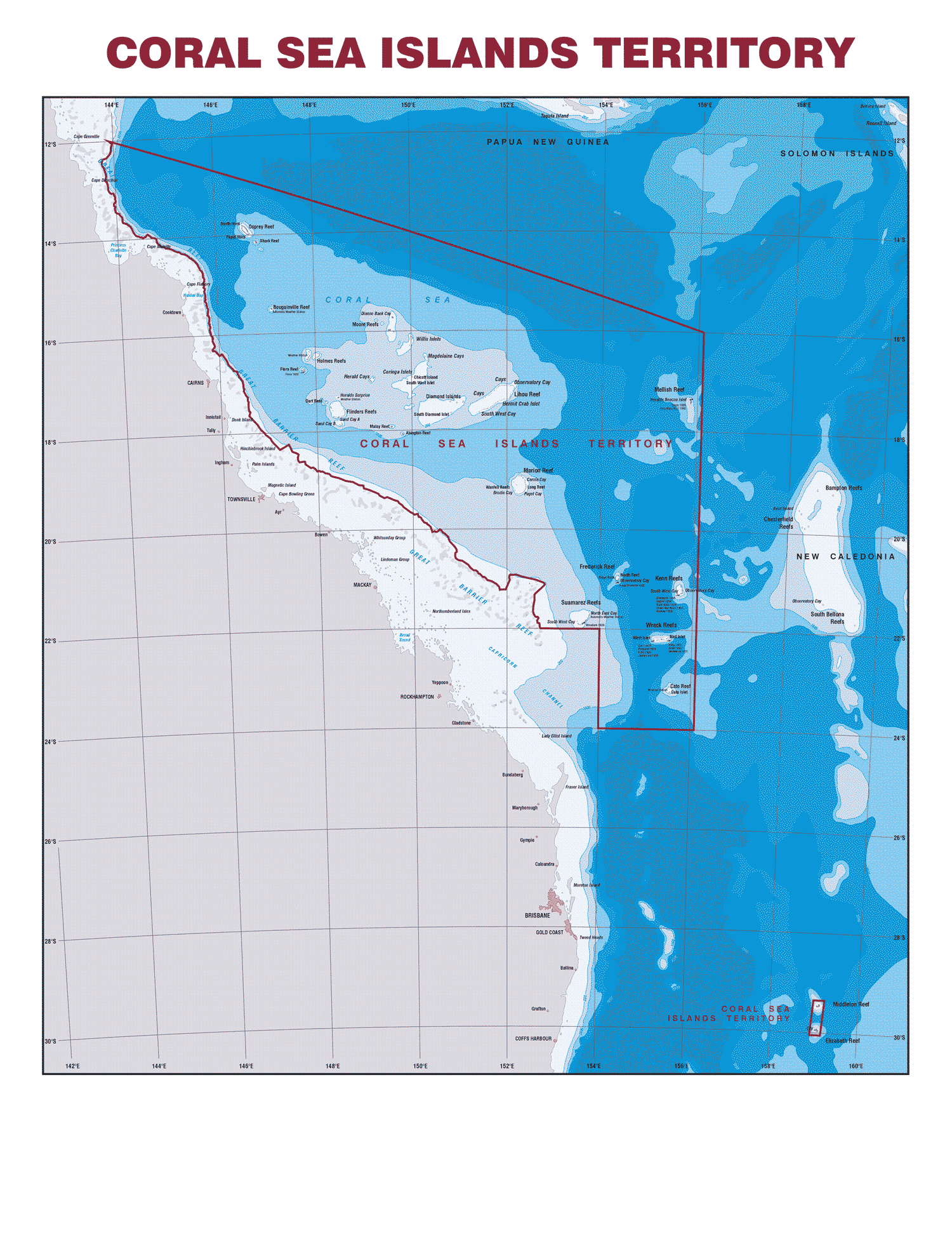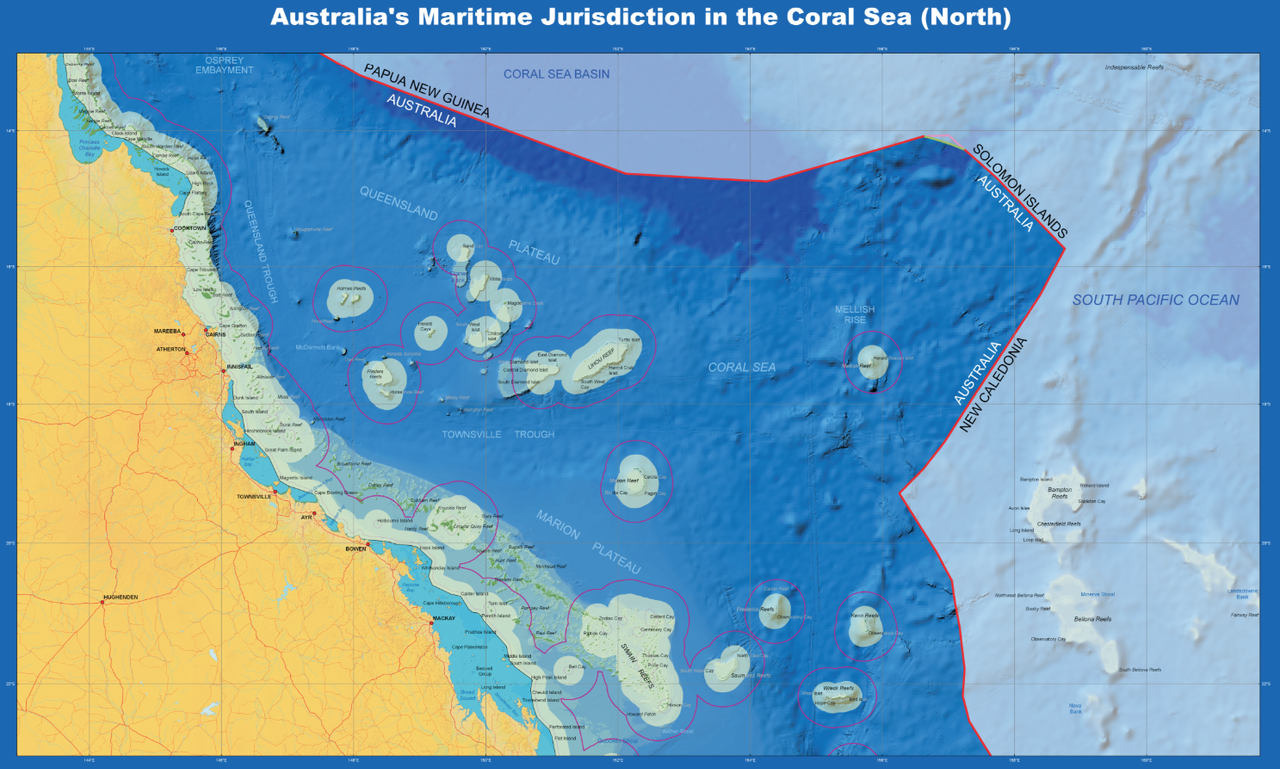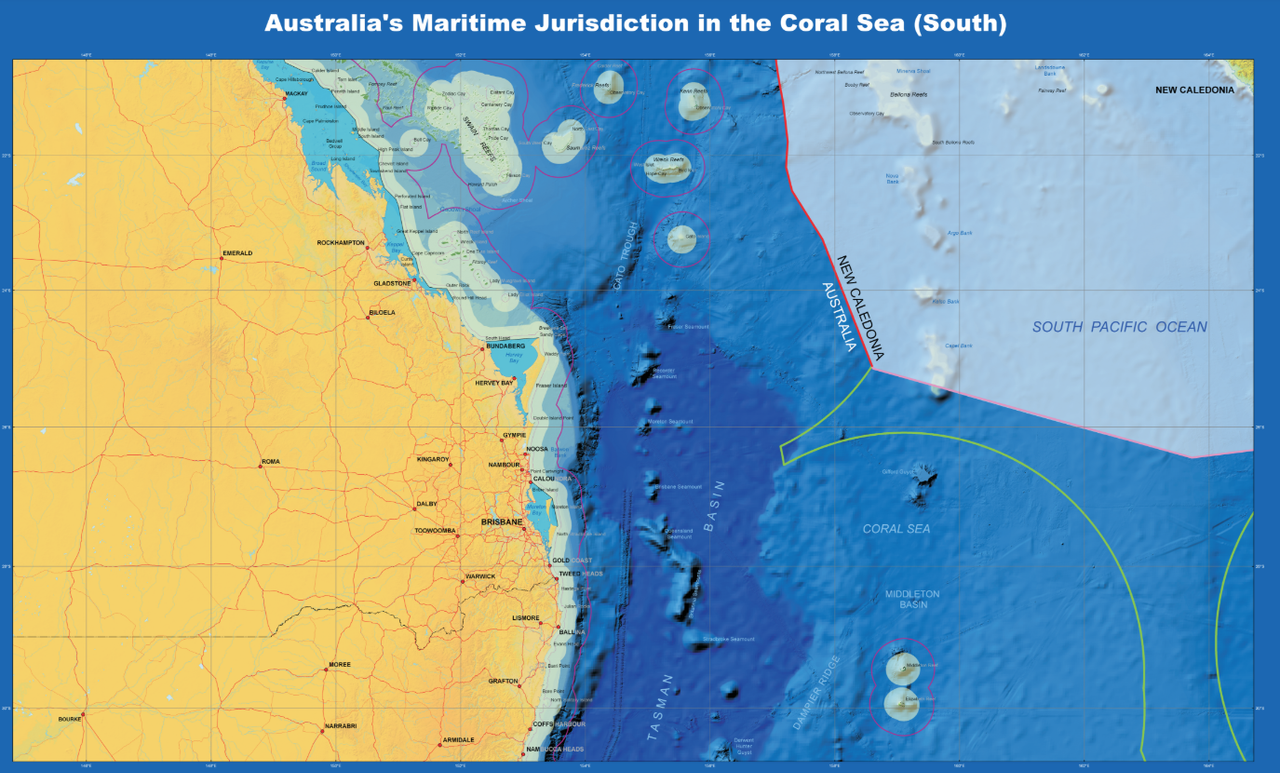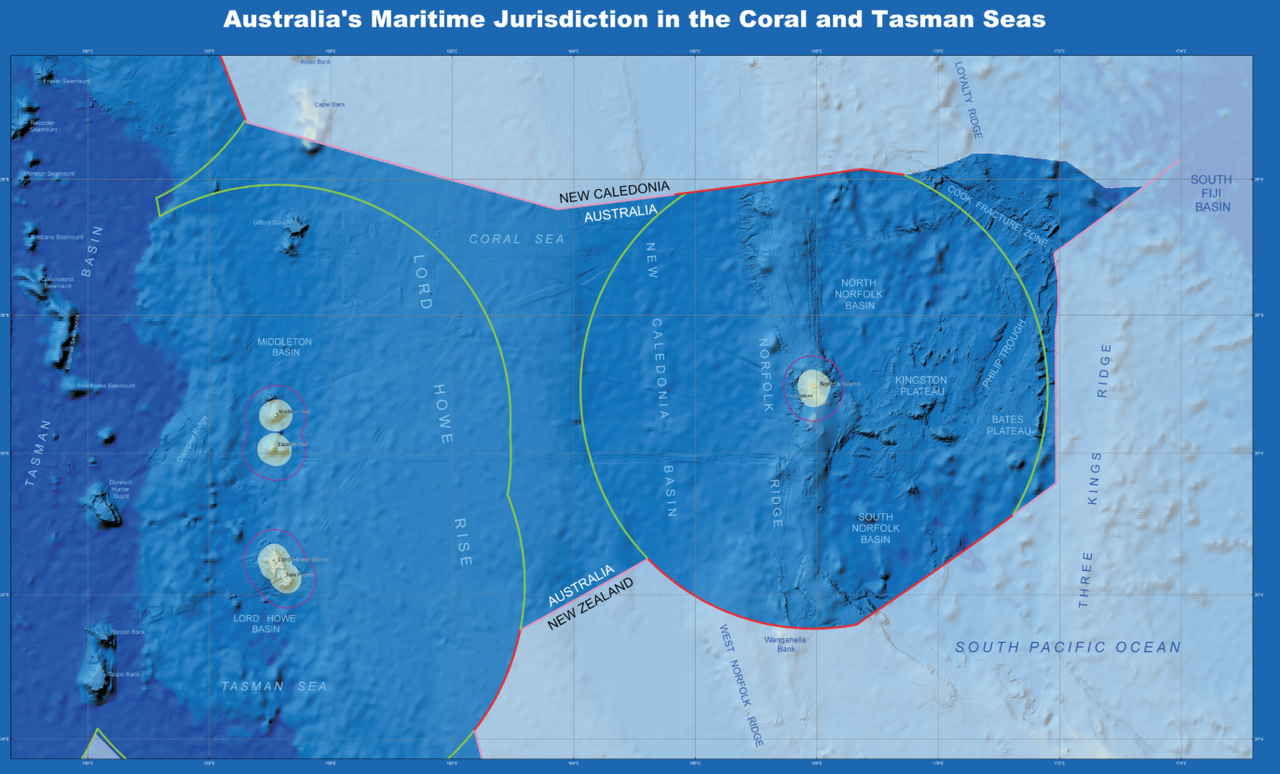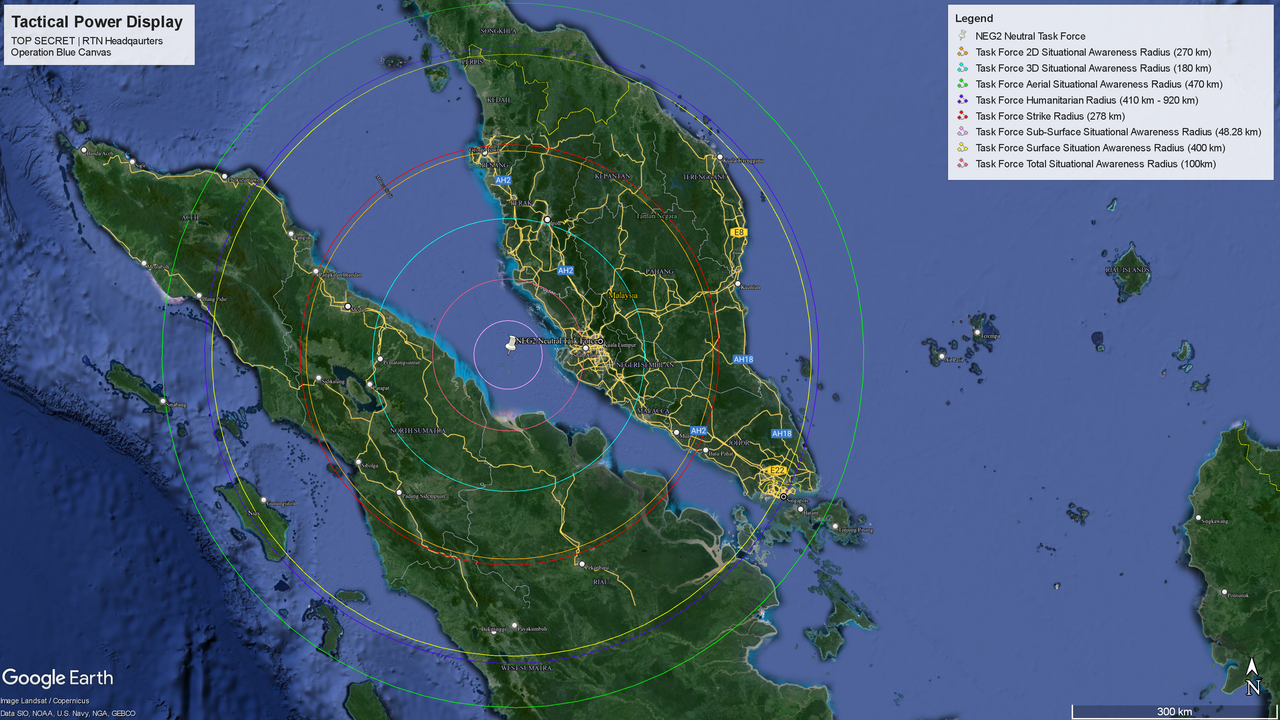- May 4, 2021
- 2,923
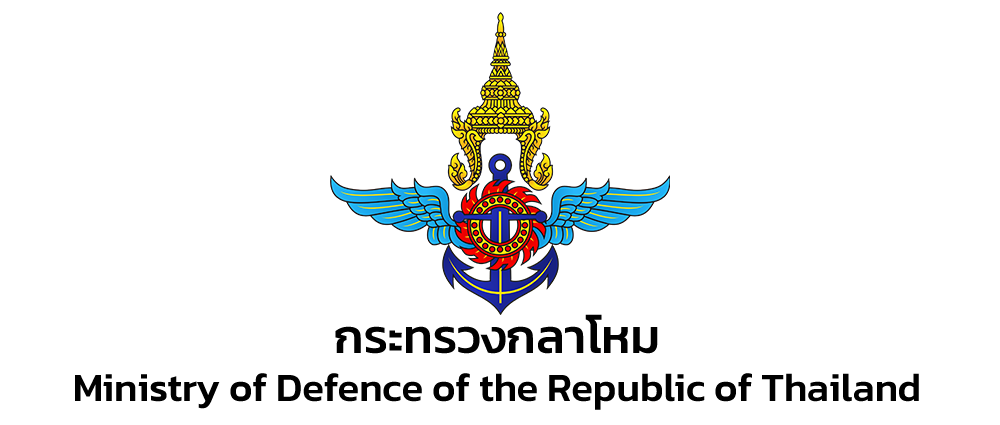
Title: Operation Blue Canvas
Document Number: RTAF-BLCAV-001/2004
Classification: Semi-Confidential | Secret
Security Level: NSST 1.0 Architecture
Date: April 16, 2004 | December 6, 2004
Public Section: I.
XI. IntroductionX
Background and Objective
As part of the Republic Navy doctrine to ensure the independence of the Asian continent and the South Pacific Ocean from external imperialist agendas, it is well known that the Prime Minister of Thailand, who holds the supreme command over the Republic Armed Forces Chiefs of General Staff, shall maintain that least two carrier strike group deployed continuously as part of the Republic’s at-sea deterrent. While initially funded partially when the operation was authorized, Operation Blue Canvas of the Republic Navy will deploy two carrier strike groups at full strength. As part of this operation, the Republic Navy is authorized to deploy two light aircraft carrier, thirty multi-role guided-missile frigates, and four replenishment tankers to patrol the Asian and South Pacific waters.
XII. Command and ControlX
2.1 Guidance
This operation is conducted under the guidance of the Republic Thai Navy Third Fleet Commander-in-Chief, Admiral Wisa Tasanaroeng, and approval from Defense Minister Sutin Klungsang.
XIII. Operational ForcesX
Republic Thai Navy First Fleet
- Naval Expeditionary Group Two (NEG)
- [1] Chakri Narubet-Class Light Aircraft Carrier
- HTMS Ban Phlu Luang Narubet
- 1,076 Crews
- RTNAF Squadron 503
- [11] Eurocopter EC725
- [11] Hermes 450
- HTMS Ban Phlu Luang Narubet
- [15] Naresuan-Class Frigate
- HTMS Phaya Chaban Boonma
- 150 Crews
- HTMS Kawila
- 150 Crews
- HTMS Thammalangka
- 150 Crews
- HTMS Khamfan
- 150 Crew
- HTMS Phutthawong
- 150 Crews
- HTMS Mahotaraprathet
- 150 Crews
- HTMS Kawilorot Suriyawong
- 150 Crews
- HTMS Inthawichayanon
- 150 Crew
- HTMS Inthawarorot Suriyawong
- 150 Crews
- HTMS Kaew Nawarat
- 150 Crews
- HTMS Phraya Khamsom
- 150 Crews
- HTMS Inthayongyotchot
- 150 Crew
- HTMS Chakkham Khachonsak
- 150 Crews
- HTMS Lao Chong
- 150 Crews
- HTMS Lao Kao
- 150 Crew
- HTMS Phaya Chaban Boonma
- [1] Chakri Narubet-Class Light Aircraft Carrier
- Logistic Support Squadron Six (LSS6)
- [2] Similan-Class Replenishment Tanker (Type 903)
- HTMS Ha
- 157 Crews
- HTMS Miang
- 157 Crews
- HTMS Ha
- [2] Similan-Class Replenishment Tanker (Type 903)
- Submarine Squadron (SS)
- [1] Rubis-class AMETHYSTE Submarine
- HTMS Matjurat
- 70 Crews
- HTMS Matjurat
- [1] Rubis-class AMETHYSTE Submarine
- Naval Expeditionary Group Four (NEG4)
- [1] Chakri Narubet-Class Light Aircraft Carrier
- HTMS Uthong Narubet
- 1,076 Crews
- RTNAF Squadron 506
- [11] Eurocopter EC725
- [11] Hermes 450
- HTMS Uthong Narubet
- [15] Naresuan-Class Frigate
- HTMS Kalawandith
- 150 Crews
- HTMS Uchitthaka
- 150 Crews
- HTMS Chakkawat
- 150 Crews
- HTMS Kampoch
- 150 Crews
- HTMS Mongkhon
- 150 Crews
- HTMS Arthit
- 150 Crews
- HTMS Chula
- 150 Crews
- HTMS Chaloemsak
- 150 Crews
- HTMS Kalanchai
- 150 Crews
- HTMS Choei
- 150 Crews
- HTMS Samananon
- 150 Crews
- HTMS Yon
- 150 Crews
- HTMS Yin
- 150 Crews
- HTMS Bunchung
- 150 Crews
- HTMS Thephatsadin
- 150 Crews
- HTMS Kalawandith
- [1] Chakri Narubet-Class Light Aircraft Carrier
- Logistic Support Squadron Four (LSS4)
- [2] Similan-Class Replenishment Tanker (Type 903)
- HTMS Payan
- 157 Crews
- HTMS Payang
- 157 Crews
- HTMS Payan
- [2] Similan-Class Replenishment Tanker (Type 903)
XIV. ExecutionX
4.1 Initial Deployment
All personnel will be reported to the respective base with all necessary equipment per the Defense Ministry documents.
4.2 Communication
Effective communication among all units is paramount and must be maintained through the use of secure communication channels. Any unidentified or suspicious activity must be immediately reported to the command center, except in situations where such actions are deemed non-ideal or potentially detrimental. In these cases, all units and personnel, who are thoroughly trained and well-versed in operational protocols, must exercise their best judgment in handling the situation. All personnel have undergone rigorous training to ensure flawless communication protocols are followed within and between units. This training emphasizes excellence in both verbal and non-verbal information conveyance, ensuring that all communications are clear, concise, and secure.
4.3 Rules of Engagement
Engagement will be per the established Rule of Engagement (ROE) with the application of Increased Vigilance (IVG) and international laws. The use of force must be proportionate, and only used in self-defense or to deter identified threats after all non-lethal methods have been exhausted. They would never enter any country's territorial water
4.4 Support
Logistic support, including fuel, supplies, and maintenance, will be provided by the respective naval bases. Each seafarer is equipped with lightweight, waterproof body armor that integrates nanotechnology for maximum resistance against ballistic threats and corrosion from saltwater. The armor also provides buoyancy support, aiding survival in water. The standard issue firearm for naval personnel is the Heckler & Koch HK416 rifle fitted with accessory rails for attachments like tactical lights and optical sights. The Sig Sauer P226, used as the sidearm and personnel are also equipped with a variety of munitions including fragmentation, smoke, and flash grenades. Naval personnel are issued advanced, encrypted tactical radios and maritime GPS systems that maintain their functionality even in the harshest sea conditions. The GPS systems are equipped with maritime charts and include features for weather forecasts and sea current patterns to aid in navigation.
Navy personnel are issued a range of specialized equipment based on their assignments, which also includes state-of-the-art diving gear equipped with rebreathers for extended underwater operations. Each sailor is provided with a personal first aid kit that includes advanced medical supplies such as saline solution for hydration, sea sickness tablets, and sunburn treatments. Each member also has access to personal comprehensive survival kit that includes items like life rafts, signal flares, long-life water and food rations, fishing kits, and solar stills for desalination of seawater. Navy personnel also carry technical equipment such as multi-function watches with depth meters and compasses, handheld sonar devices for detecting underwater obstacles, and laser range finders for accurate distance measurements.
The Naresuan-class Frigates would be equipped with 6 × Decoys Terma SKWS (C-Guard) for 24 x Terma DL-12T and 24 x Terma Mk.137 each, and ESM ITT ES-3601 (AN/SLQ-4), and ECM Type 984-1 noise jammer & Type 981-3 deception jammer, which both could reach the effective range of 100 kilometers. - C-Guard inventory included 12 Mk214 Seduction Chaff rounds, designed to confuse enemy radar systems; 12 Mk216 Distraction Chaff rounds, used to divert incoming missiles away from the ship; 6 Mk245 "GIANT" IR Rounds, which were especially effective against heat-seeking missiles; and 18 Mk251 "Siren" Active Decoy Rounds, capable of deflecting enemy anti-ship missiles by replicating the ship's radar signature. Their armament included 1 × 5 in/54 (127 mm) Mk 45 Mod 2 naval gun with 500 rounds, 2 × 30mm MSI-DSL DS30MR automated small caliber gun with 2,000 rounds each, 8 cell Mk.41 VLS for 32 x RIM-162 ESSM, 8 × RGM-84 Harpoon SSM launcher for 8 × RGM(L) Harpoon Block II (Range: 278 km), and 2 × Triple Mark 32 Mod 5 torpedo tube with 6 × Mark 54. They had Atlas DSQS-24d sonar (Active: 6-9 KHz | Passive 1-11 KHz) (Effective range 15 km Max: 40 km). They can travel for 5600 nautical miles (10371.2 kilometers) at 12 knots or 4000 nautical miles (7408) kilometers at 18 knots. The frigate has the capacity to control and guide six missiles at the same time from its four fire control systems.
The Chakri Narubet Class would be equipped with 4 × SRBOC decoy launchers for 24 decoys each (additional 140 service rounds ready to be loaded from reserve) and SLQ-32 towed decoy. Their armament would include 4 × Rheinmetall Mk 20 DM6 20mm/80 caliber with 15,000 rounds of HEI (High-Explosive Incendiary) or AP (Armor-Piercing) combination, 2 × 0.5-inch machine guns and 3 × sextuple Sadral launchers for Mistral surface-to-air missiles. Their deck can carry up to 10 aircraft with another 12 in the hangar. They have two transport lifts for these helicopters and another 2 lifts to transport supplies for 32 sorites of all kinds of armament. Each Eurocopter EC725 would be able to be equipped with a pair of 7.62 mm FN MAG machine guns with 200 rounds each mounted within forward left and right windows, or two air-to-ground rocket system 68 mm (2.75") with 19 tubes, and one MU9 Impact torpedo.
XV. CoordinationX
5.1 Inter-agency
Inter-agency communication between the Republic Thai Navy and other elements of the Republic Thai Armed Forces will be rigorously upheld, prioritizing security measures at all times. Liaison channels facilitating communication and information sharing between these agencies are established and overseen by the Republic Thai Armed Forces Headquarters. Integral to this communication infrastructure are the Tactical Power Display (TPD), Situation Awareness Display (SAD), and Maritime Awareness Display (MAD), all seamlessly integrated into the coordination and communication systems of all units involved. The comprehensive situational awareness and operational effectiveness across both land and maritime domains are ensured in this deployment and operation with undisturbed consistency.
5.2 International
Any decision to coordinate with foreign entities, whether at an informal or official level, must be promptly reported back to Headquarters for immediate deliberation in conjunction with the Ministry of Foreign Affairs. Any individuals not directly involved in the operation must be regarded with the highest level of scrutiny by both organizational and governmental authorities. Additionally, any interactions with foreign units must be conducted with appropriate response.
XVI. ConclusionX
The Defense Ministry has mobilized all necessary resources for the deployment of Operation Blue Canvas. The Defense Ministry expects that its contribution will represent Thailand's role as a world leader dedicated to peace, stability, and cooperation.
[Signature]
Sutin Klungsang
Defence Minister
[Signature]
Thaksin Shinawatra
Prime Minister, Republic of Thailand
Document Clearance:
The Office of the Prime Minister
The Ministry of Foreign Affairs
The National Intelligence Agency
The Republic Thai Air Force Command Center
The Republic Thai Navy Command Center
The Republic Thai Armed Forces Special Warfare & Operation Command
Distribution List:
The Office of the Prime Minister
The Ministry of Foreign Affairs
The National Intelligence Agency
The Republic Thai Air Force Command Center
The Republic Thai Navy Command Center
The Republic Thai Police
The Republic Armed Forces Headquarters
The Republic Thai Air Defense Command
The Naval Special Warfare Command
The Air Force Security Force Command
Last edited:



